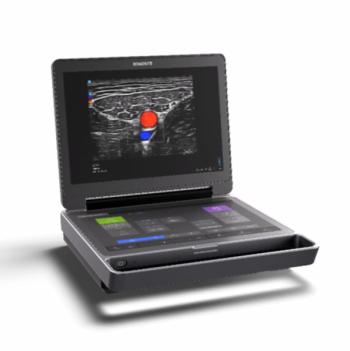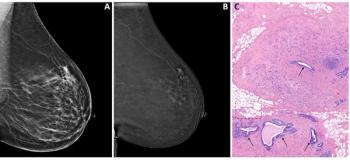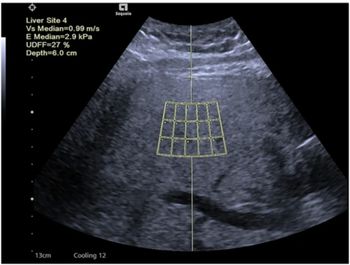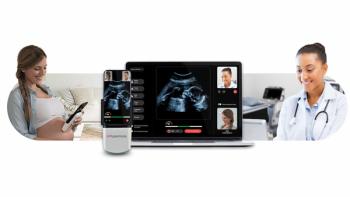
Researchers find low-dose PET/CT best imaging method for lymphoma
Low-dose PET/CT demonstrates the best sensitivity and specificity for initial staging of lymphoma, according to a study presented on Thursday at the RSNA meeting.
Low-dose PET/CT demonstrates the best sensitivity and specificity for initial staging of lymphoma, according to a study presented on Thursday at the RSNA meeting.
Dr. Immaculada Pinilla Fernandez, from the University Hospital La Paz in Madrid, Spain, and colleagues prospectively studied 108 consecutive patients with biopsy-proven non-Hodgkin's lymphoma as well as Hodgkin's lymphoma. The patients underwent initial staging with F-18 FDG-PET/CT that included a low-dose CT and a PET study followed by a full-dose, contrast-enhanced CT.
Low-dose PET/CT correctly classified lymphoma stage in 77.5% of patients, while PET correctly classified 65.6% and contrast-enhanced CT identified 63%. The researchers found the sensitivity and specificity of low-dose PET/CT to be 94.8% and 90.5%, respectively. The positive and negative predictive values were 93% and 92%. PET sensitivity and specificity was 90% and 86%. Sensitivity and specificity for CT was 88% and 90%.
Since low-dose PET/CT achieved the best sensitivity and specificity, radiation dose could be reduced and use of intravenous iodinated contrast material could be avoided in patients with lymphoma, Fernandez said.
Newsletter
Stay at the forefront of radiology with the Diagnostic Imaging newsletter, delivering the latest news, clinical insights, and imaging advancements for today’s radiologists.






























